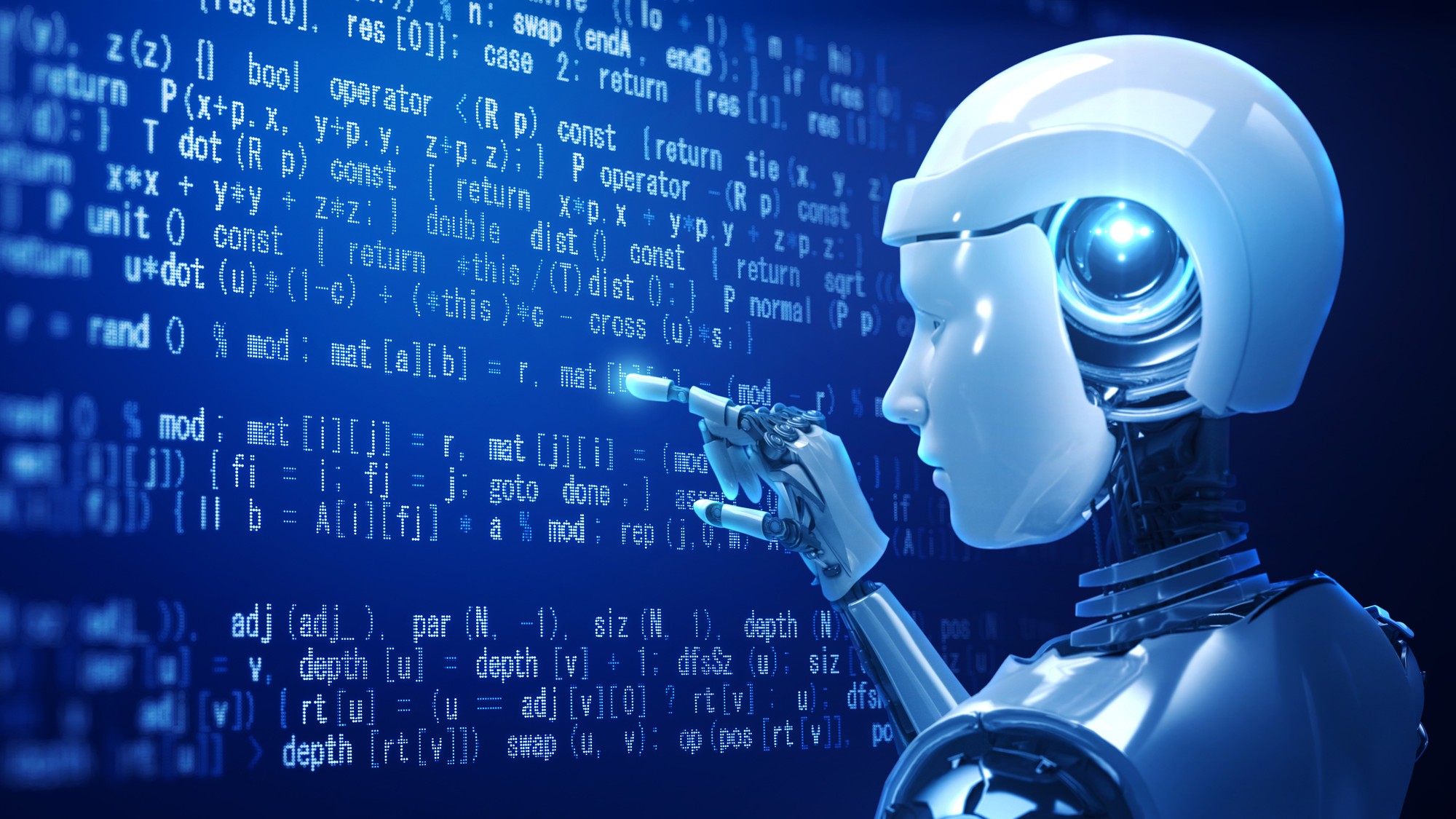Introduction
Artificial Intelligence (AI) has revolutionized various industries, from healthcare to finance. However, with the rise of AI-generated content, AI detector have become crucial in identifying machine-generated text, images, and videos. These tools help ensure authenticity, prevent misinformation, and maintain academic integrity. This article explores the workings of AI detectors, their applications, and the challenges they face.
What is an AI Detector?
An AI detector is a tool or software that analyzes digital content to determine whether it has been generated by an AI system. These detectors use machine learning algorithms, linguistic analysis, and statistical models to identify patterns characteristic of AI-generated content.
Key Features of AI Detectors
- Text Analysis: Examines sentence structure, coherence, and statistical likelihood of word choices.
- Image Recognition: Detects synthetic or altered images using pixel analysis and metadata inspection.
- Deepfake Detection: Identifies manipulated videos by analyzing inconsistencies in facial movements and voice modulation.
- Plagiarism Checking: Compares content against extensive databases to find matches.
How Do AI Detectors Work?
Natural Language Processing (NLP) Techniques
AI detectors use NLP algorithms to assess text for unnatural phrasing, repetitive patterns, and coherence issues commonly found in AI-generated writing.
Machine Learning Models
Advanced AI detectors leverage trained models that compare new content against vast datasets of human- and AI-generated text, identifying subtle differences.
Statistical Analysis
These tools analyze the probability of specific word sequences occurring, helping to flag content that deviates from natural human writing patterns.
Metadata Examination
For images and videos, AI detectors check metadata to detect any digital alterations or synthetic content indicators.
Applications of AI Detectors
Academic Integrity
Educational institutions use AI detectors to prevent students from submitting AI-generated essays and research papers as their own work.
Journalism and Media
News agencies employ AI detectors to verify the authenticity of articles and images, preventing the spread of misinformation.
Cybersecurity
AI detectors help identify deepfake videos and AI-generated phishing emails, reducing cybersecurity threats.
Content Creation and Marketing
Businesses use AI detectors to maintain originality in blog posts, marketing content, and advertisements.
Challenges Faced by AI Detector
Evolving AI Models
AI-generated content is becoming more sophisticated, making detection increasingly challenging.
False Positives and Negatives
AI detector may mistakenly classify human-written content as AI-generated and vice versa.
Ethical and Privacy Concerns
Some argue that AI detection tools may infringe on privacy rights, especially when used in academic or professional settings.
Limited Accuracy
Even the most advanced AI detectors cannot guarantee 100% accuracy, leading to potential misclassifications.
Future of AI Detection Technology
Improved Machine Learning Models
Future AI detectors will incorporate more sophisticated machine learning algorithms to enhance accuracy.
Hybrid Detection Approaches
Combining AI detection with human oversight can improve reliability and reduce false positives.
Integration with Cybersecurity Systems
AI detectors will become essential components of cybersecurity tools, helping to combat deepfakes and AI-driven scams.
Regulatory Frameworks
Governments may introduce regulations to standardize AI detection practices, ensuring ethical use.
Conclusion
AI detectors play a vital role in distinguishing human-generated content from AI-generated material. As AI models continue to evolve, detection technologies must advance to keep pace. Whether used in academia, journalism, or cybersecurity, AI detectors help maintain authenticity, prevent misinformation, and safeguard digital integrity. While challenges exist, ongoing advancements in machine learning and regulatory frameworks will shape the future of AI detection.
Check out new and latest article to see by clicking here.




